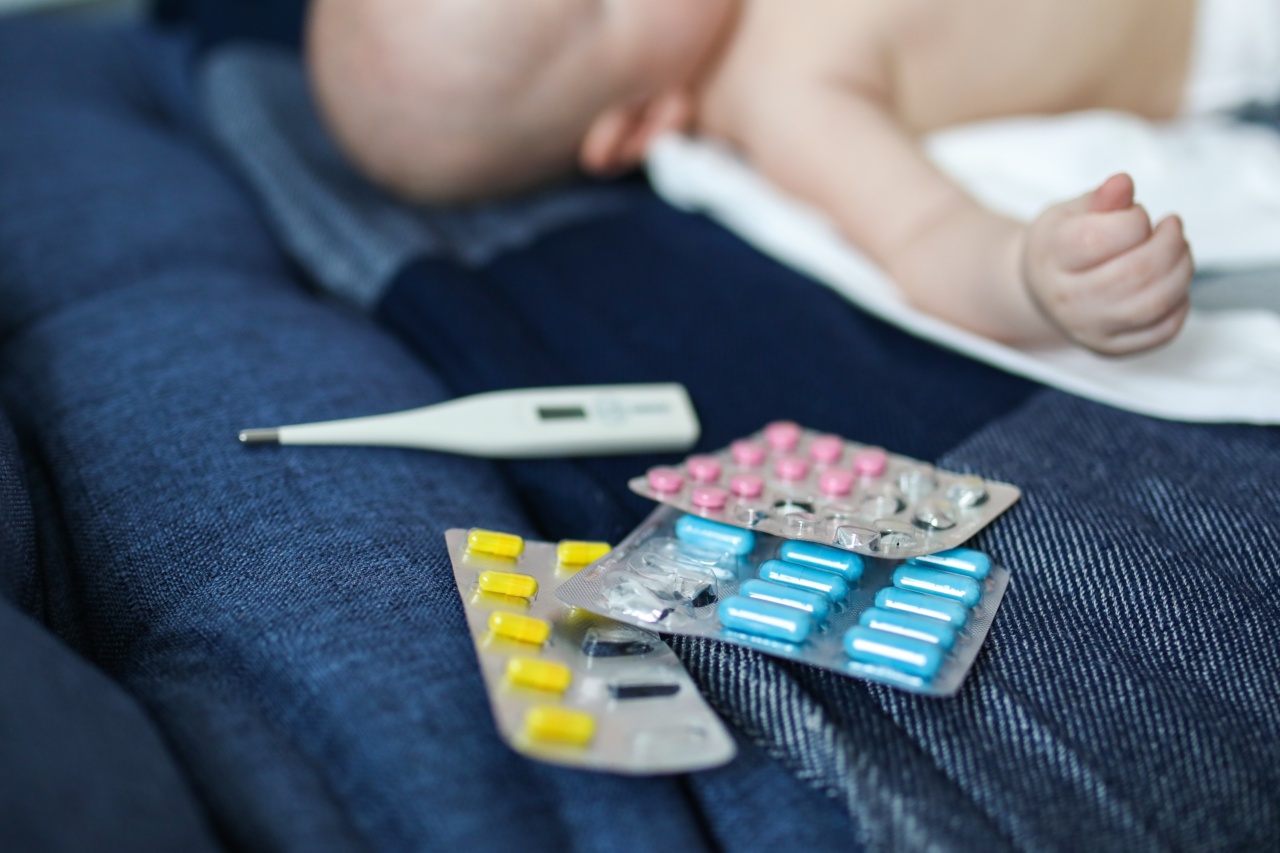Counterfeit medication refers to medication that has been deliberately produced to deceive consumers by presenting it as a legitimate product.
Counterfeit medication is usually produced without following the necessary safety and quality standards required by law, and often contains harmful ingredients that pose significant health risks to users.
How Big is the Problem of Counterfeit Medication?
The production and distribution of counterfeit medication is an enormous market worldwide.
According to a report by the World Health Organization (WHO), the global trade in counterfeit medication is worth an estimated $200 billion annually, with up to 30% of drugs sold in developing countries being fake. Counterfeit medication is also a significant problem in developed countries, with numerous cases of counterfeit medication seizures reported by authorities.
Why is Counterfeit Medication So Dangerous?
Counterfeit medication is dangerous for several reasons. Firstly, because it is produced without following the necessary safety and quality standards required by law, it often contains harmful ingredients that pose significant health risks to users.
Often, the pills will contain little or no active ingredients at all, and in some instances, dangerous substances such as rat poison are found in counterfeit medication.
Moreover, counterfeit medication is usually sold without the necessary instructions or warnings that should accompany legitimate medication.
For example, counterfeit medication sold as erectile dysfunction medication may not have the necessary warnings about potential side effects such as the risk of serious heart attacks. This lack of clear instructions or labeling makes it easy for users to mistake counterfeit medication for legitimate medication, leading to dangerous outcomes.
Who is Most at Risk from Counterfeit Medication?
Anybody who purchases medication can be at risk from counterfeit medication. However, certain groups are more vulnerable to the dangers of counterfeit medication than others.
For example, people in low-income countries where access to healthcare is limited are particularly vulnerable to counterfeit medication. This is because they may have no other option but to purchase cheap drugs from unregulated markets.
People in developed countries who purchase medication online without verifying the legitimacy of the supplier or medication can also be at risk.
The elderly and those with chronic health conditions are also at risk. In some instances, counterfeit medications are marketed as cures for chronic diseases such as cancer or heart disease.
This can lead vulnerable patients to forgo proven and effective treatments and opt for the counterfeit medication instead, which can be fatal.
How to Protect Yourself from Counterfeit Medication
There are several steps that you can take to protect yourself from counterfeit medication:.
- Only purchase medication from reputable sources such as licensed pharmacies or other regulated healthcare professionals. Be wary of ordering medication online, especially from sources you are not familiar with.
- Always verify the legitimacy of an online pharmacy before ordering medication. You can do this by checking whether the pharmacy is licensed and accredited, and by looking at customer reviews and testimonials.
- Ask your doctor or pharmacist to check the medication for you before taking it. This is especially important for medication purchased online or from unregulated sources.
- Be cautious of heavily discounted medication. If the price seems too good to be true, it probably is. Counterfeit medication is often sold at a significantly lower price than legitimate medication.
The Role of Governments and Regulatory Bodies in Tackling Counterfeit Medication
The fight against counterfeit medication requires a multi-faceted approach involving the cooperation of governments, regulatory bodies, and the pharmaceutical industry.
Governments and regulatory bodies should take an active role in enforcing laws and regulations that protect consumers from counterfeit medication.
This includes increasing inspections of drug production facilities and distribution channels, and developing better tracking systems to prevent the circulation of fake medication.
Pharmaceutical companies can also play a role in preventing the production of counterfeit medication by developing innovative technologies that make it harder to reproduce legitimate medications.
For example, many companies are now using unique barcodes on their products to make it easier to authenticate their medication.
Conclusion
The dangers of counterfeit medication are significant and widespread.
It is up to governments, regulatory bodies, and the pharmaceutical industry, as well as consumers themselves, to work together to combat the production and distribution of counterfeit medication. By taking the necessary precautions and educating themselves about the risks, consumers can protect themselves from the dangers of counterfeit medication.































